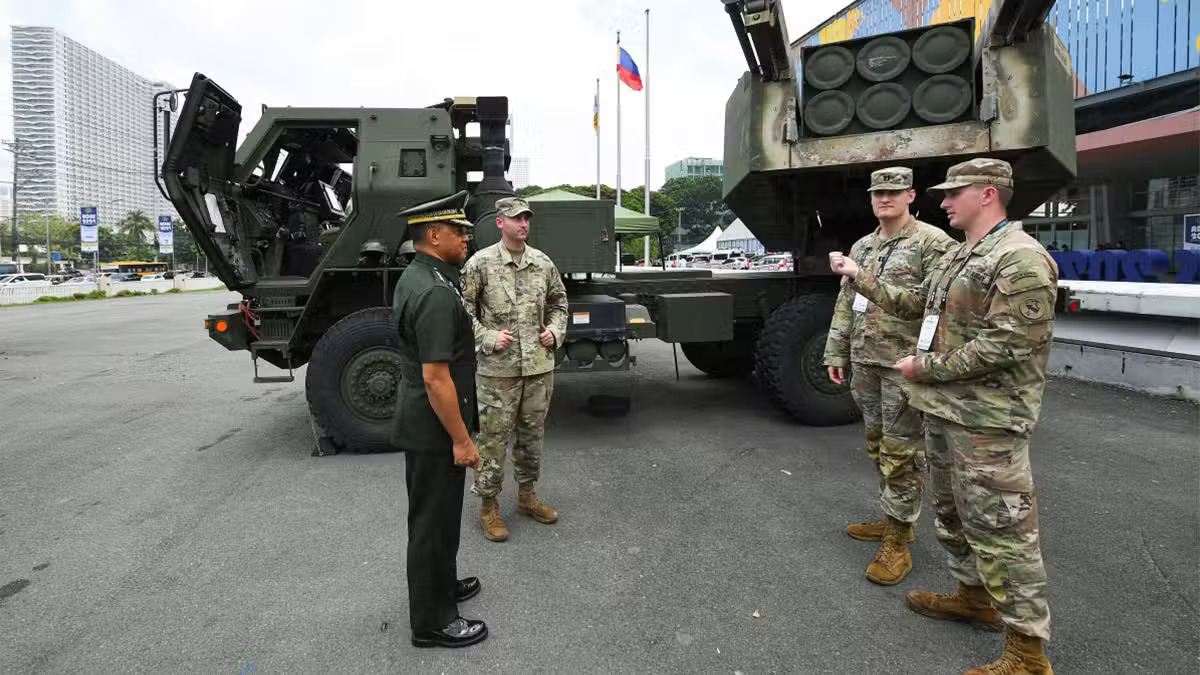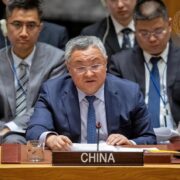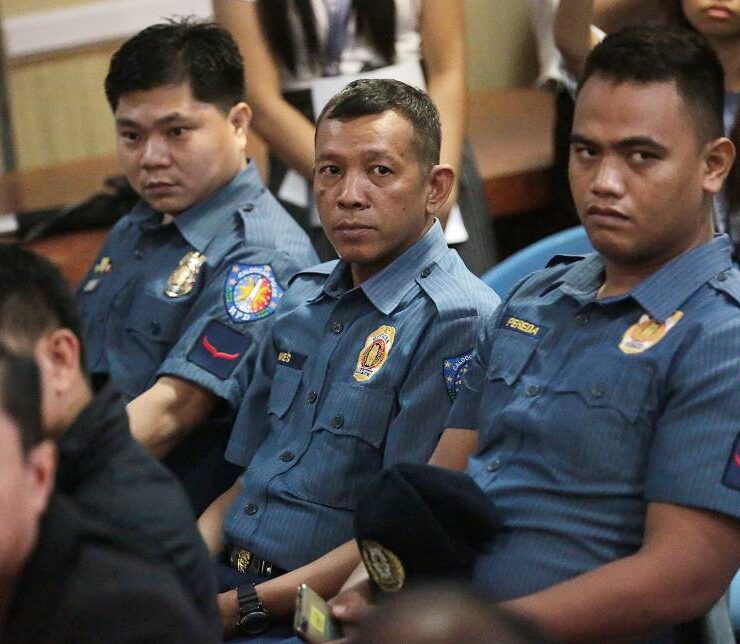AFP: China can’t dictate redeployment of defense assets

China’s missile-capable ships and heavily militarized artificial islands in the South China Sea are the ones “highly dangerous,” the Armed Forces of the Philippines said on Friday in response to Beijing’s renewed call to pull out American mid-range missile launchers from the country.
“The presence of Chinese ships which are also missile-capable is also highly dangerous. They also have artificial islands in the South China Sea that are militarized and missile-capable,” said Col. Francel Margareth Padilla, the AFP spokesperson.
Padilla added that no country, not even China, could dictate how the country deploys its defense assets, including the redeployment of midrange capability (MRC) surface-to-surface missile launchers, known as Typhon.
Typhon’s redeployment
Beijing said on Thursday that the presence of the Typhon missile system in the Philippines “creates regional tension and confrontation, and provokes geopolitical confrontation and arms race.”
The weapon’s arrival in the Philippines in April 2024 for the annual war games between Filipino and American troops already drew a sharp rebuke from China.
Chinese foreign ministry spokesperson Mao Ning said the redeployment of the Typhon missile was a “highly dangerous move and an extremely irresponsible choice.”
China also urged the Philippines to “correct its wrong practices.”
Padilla confirmed that the missile had been moved from the Laoag airfield in Ilocos Norte to an undisclosed location in Luzon.
Strengthening defense
According to a Reuters report, the Typhon can fire multipurpose missiles up to thousands of kilometers, such as Tomahawk cruise missiles, capable of hitting targets in both China and Russia from the Philippines.
“It is an inherent right of every state to strengthen their defenses accordingly. How we will go about it is for us to freely do. No one can dictate to us how we would do it,” Padilla said.
She said the Philippines has been building its defense capabilities and strengthening its alliances and “no other nation can question that.”
She added that the MRC’s presence abides by the Philippines’ long-standing defense relationship with the United States.
“The primary objective of this deployment is to strengthen Philippine military readiness, improve our familiarization and interoperability with advanced weapon systems, and support regional security,” Padilla said.
She added that the United States and the Philippines coordinate closely on all aspects of the weapon deployment, including its positioning.
Salaknib exercise
“On the duration of the deployment and other related matters, these decisions are made in close coordination with our allies and partners to align with both operational and security requirements,” Padilla said.
In a separate interview, National Security Adviser Eduardo Año said the Typhon missile will remain in the Philippines for the time being.
Col. Louie Dema-ala, the spokesperson of the Philippine Army, earlier told the Inquirer that the Typhon would be used for upcoming training between Filipino and American troops “as part of the subject matter expert exchanges in preparation for the ‘Salaknib.’”
Salaknib, which means “shield” in Ilocano, is an annual exercise between the Philippine and US armies to strengthen their interoperability.
“This is a continuation of the previous familiarization or orientation given to the Philippine Army personnel. This is between the Army Artillery Regiment and the 1st Multi-Domain Task Force, United States Army Pacific,” Dema-ala added. —WITH REPORTS FROM JACOB LAZARO AND REUTERS





















